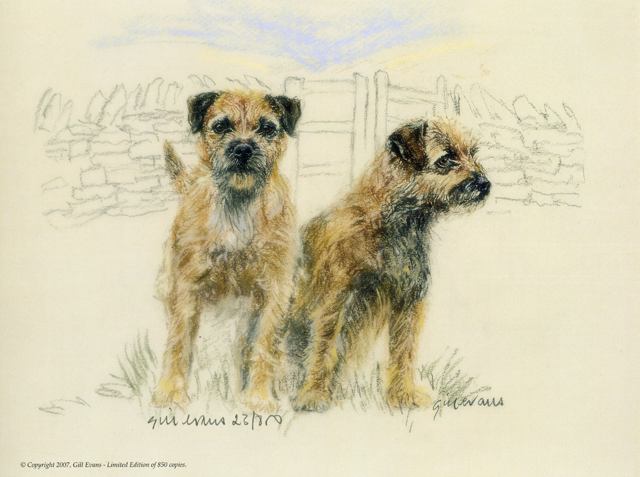
Dogs in Ireland that were smaller than hunting dogs were called “cotters.” These were smaller, all-purpose, “no-fuss-no-muss” dogs that most likely included early terriers, and it was a division that remained for centuries. The law of William III in 1698 stated that “only persons owning an estate of freehold of the yearly value of 40 pounds, at least, or a personal estate of 1,000 pounds shall keep any hound, beagle, greyhound, or land-spaniel other than whelps under the age of twelve months.” Imagine. Living in a place that dictates the kind of dog you can own. No wait, some of us already do.
Sporting or hunting dogs were reserved for the gentry, but the terrier was the poor man’s dog. In, “The Dog,” a 19th century book, the author relates comments made by a friend from Galway: The poor people keep dogs in their cabins, but in almost every case small ones. Those who have it feed them on potatoes and milk; the very poor only give them the skins and such scraps as the animal can pick up. In the villages there are some very miserable looking dogs: the people keep them more as companions than watch dogs, for they have little to take care of, and those small dogs are great cowards; they will bark violently at a stranger while outside, but the moment you enter the door they run into their little corner and hide. In some cabins you will now and then find a nice little terrier or a small spaniel; but they are generally what people call cabin curs, most of them ugly dogs with large heads and ling rat-like tails. You will rarely ever find a large one with these people – they could not feed them. Those little dogs are greatly attached to their poor owners…”
“Border Terriers Near Wall” by Gill Evans. This piece is available for purchase here.
